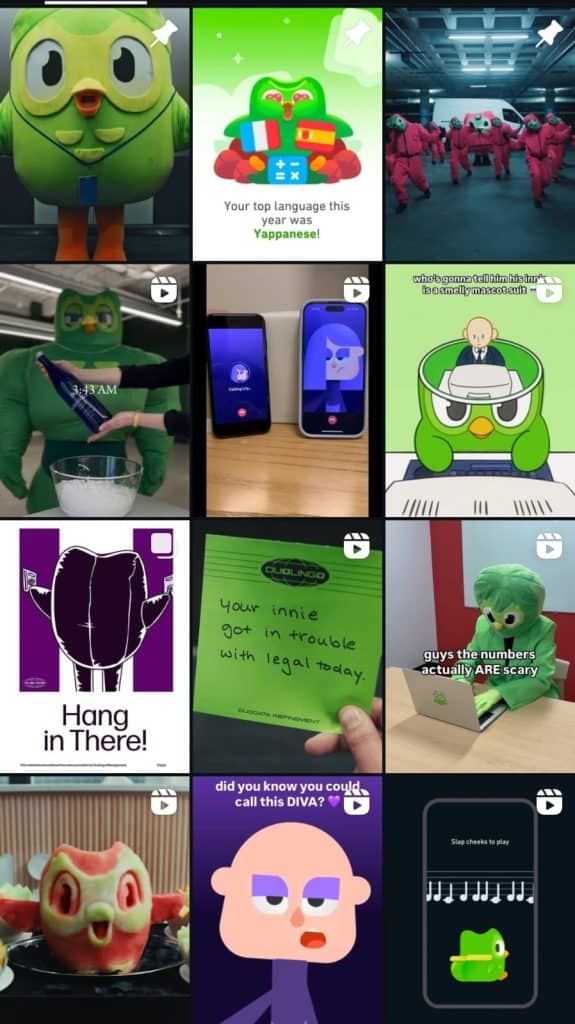Imagine walking into your favorite café. The barista greets you by name, the playlist feels just right, and your coffee? Exactly how you like it. That’s the power of brand consistency—it builds comfort, trust, and loyalty over time. Now, translate that experience to the digital world. If your brand looks, sounds, and feels different on every social platform, you’re not just confusing your audience—you’re losing them.
This is where social media branding guidelines come in. They’re not just design rules or a color checklist. They’re your brand’s manual for showing up with purpose—defining everything from your logo use and tone of voice to post formatting and visual identity. For small businesses, this structure is key to standing out in crowded feeds and creating that sense of familiarity that turns followers into fans.
In this guide, you’ll learn exactly what goes into crafting effective social media branding guidelines, why they’re critical for small business branding, and how to use them to build brand recognition and trust—one post at a time.
What Are Social Media Branding Guidelines?
Social media branding guidelines are like your brand’s personal compass—built specifically for the ever-changing landscape of Instagram, Facebook, LinkedIn, TikTok, and beyond. While a traditional brand guide outlines your core identity (logos, fonts, colors), a brand style guide for social media gets more tactical. It shows how that identity should come to life in the fast, visual, bite-sized world of social content.
Think of it as a platform-specific manual. It includes:
- Your visual branding standards: Image filters, post templates, and layout rules
- Your brand voice and tone of voice: How you write captions, respond to comments, and craft CTAs
- Platform nuances: How your brand should adapt without losing consistency
Whether you’re running a solo show or collaborating with a team of content creators, this guide acts as a single source of truth. It keeps your branding on social media aligned, professional, and unmistakably you—post after post.
The Business Case: Why Consistency Builds Brand Equity
Brand equity is the sense of familiarity your audience feels when they see your name in their feed—like spotting a friend in a crowded room. It’s built over time through trust, consistency, and the small-but-mighty moments where your brand shows up looking and sounding just like… well, you.
On social media, that connection forms quickly—and it can just as easily fade if your brand feels scattered or off-message. But when your content is cohesive across platforms, it builds something deeper than recognition—it builds reliability.
Here’s why consistency matters across all platforms:
- It builds trust. Repetition fosters familiarity, and familiarity builds credibility.
- It strengthens brand recall. Visual and verbal consistency makes you recognizable in seconds.
- It improves conversions. A clear, cohesive experience increases customer confidence.
Examples of brands doing it right:
- Duolingo: Bold visuals, a cheeky mascot, and a consistently witty tone have made Duolingo a standout across TikTok, Instagram, and X. Their playful content feels native to each platform while remaining instantly recognizable—proof that consistency doesn’t mean boring.
- Netflix: Whether it’s a clever tweet or an emotionally charged Instagram post, Netflix adapts to each platform without losing its sharp, entertainment-first voice. Every post feels like it belongs to the same brand—even when targeting different shows or audiences.
- Oatly: With its minimalist visuals and offbeat, conversational copy, Oatly has carved out a distinct space online. Every caption, graphic, and even reply feels like it’s written by the same quirky friend—building trust through tone and repetition.

Key Components of Social Media Branding Guidelines
Your brand’s presence on social media is more than visuals—it’s a system that builds recognition and trust post after post. To create that level of consistency, you need clear guidelines that shape how your brand looks, sounds, and engages across every platform.
Logo Usage and Profile Images
Your logo is your digital handshake—make it consistent. Define logo usage on social media by outlining exact specs for size, placement, and variations. For profile pictures, specify how your logo should appear in round vs. square crops, with attention to padding and legibility at smaller sizes.
Set rules for spacing, background color (transparent, white, or brand-colored), and how the logo integrates into branded graphics. The goal is profile image consistency across platforms—so whether someone finds you on Facebook or LinkedIn, they instantly recognize your brand identity.
Color Palette and Typography
Your brand colors and fonts are visual anchors that create recognition in a flash. List your primary and secondary color codes (HEX or RGB), along with any platform-specific tweaks for accessibility or contrast.
For typography, include approved fonts for post headers, captions, and graphics. Whether it’s a bold sans-serif for attention or a clean serif for clarity, consistency is key. Across Instagram carousels, Facebook ads, or LinkedIn infographics, your social media visual identity should feel unified—without being repetitive.
Tone of Voice and Caption Writing Style
Your tone of voice is how your brand sounds—and it should be unmistakable. Whether you lean friendly and casual, witty and clever, or professional and informative, outline what that tone looks like in action.
Define the brand voice for social media by offering examples of preferred language, pacing, and structure. Create guidelines for emojis, punctuation, hashtag usage, and spacing. And don’t forget the don’ts: steer clear of off-brand slang, inconsistent formatting, or filler that dilutes your consistent messaging.
Post Formatting and Visual Templates
There’s more to social media content than pretty pictures—it’s about creating a scroll-stopping system. Define post formatting consistency for each content type: carousels, reels, static posts, and stories. Include specs for dimensions, margins, and alignment.

Use content templates to speed up creation and keep visuals aligned. Mention rules for social media assets like watermarks, logos on imagery, and text overlay zones to avoid cropping. When your posts follow a visual rhythm, your audience doesn’t have to guess—it just feels like your brand.
Hashtag and Tagging Strategy
Hashtags and tags are part of your content strategy. Lay out clear rules for branded hashtags (your signature phrases) vs. community or trending tags that boost discoverability.
Outline when and how to tag team members, collaborators, brands, or locations—especially for user-generated content. Add best practices for story mentions, product tags, and comment replies. A defined hashtag strategy not only improves reach—it keeps your brand interactions purposeful, not spammy.
We’ve covered the “what” and the “why.” Next up? The “how.”
In our next post, we’ll show you exactly how to build your own social media branding guidelines—tailored to your business, your voice, and your audience. If you’ve ever stared at a blank Canva template wondering what “on-brand” even means… this one’s for you. Keep your eyes here. It’s coming.
Conclusion
Strong branding doesn’t happen by accident—it’s the result of intentional choices made consistently over time. With clear social media branding guidelines, your small business can create a recognizable presence that builds trust with every interaction. Now that you understand the core elements, we’ll show you how to create your own in the next post.
Struggling to stay consistent across platforms? At Pascual Creative, we turn scattered visuals and mixed messages into a cohesive brand presence your audience can’t ignore. Ready to build a brand that looks as good as you’ve envisioned? Contact us today!



